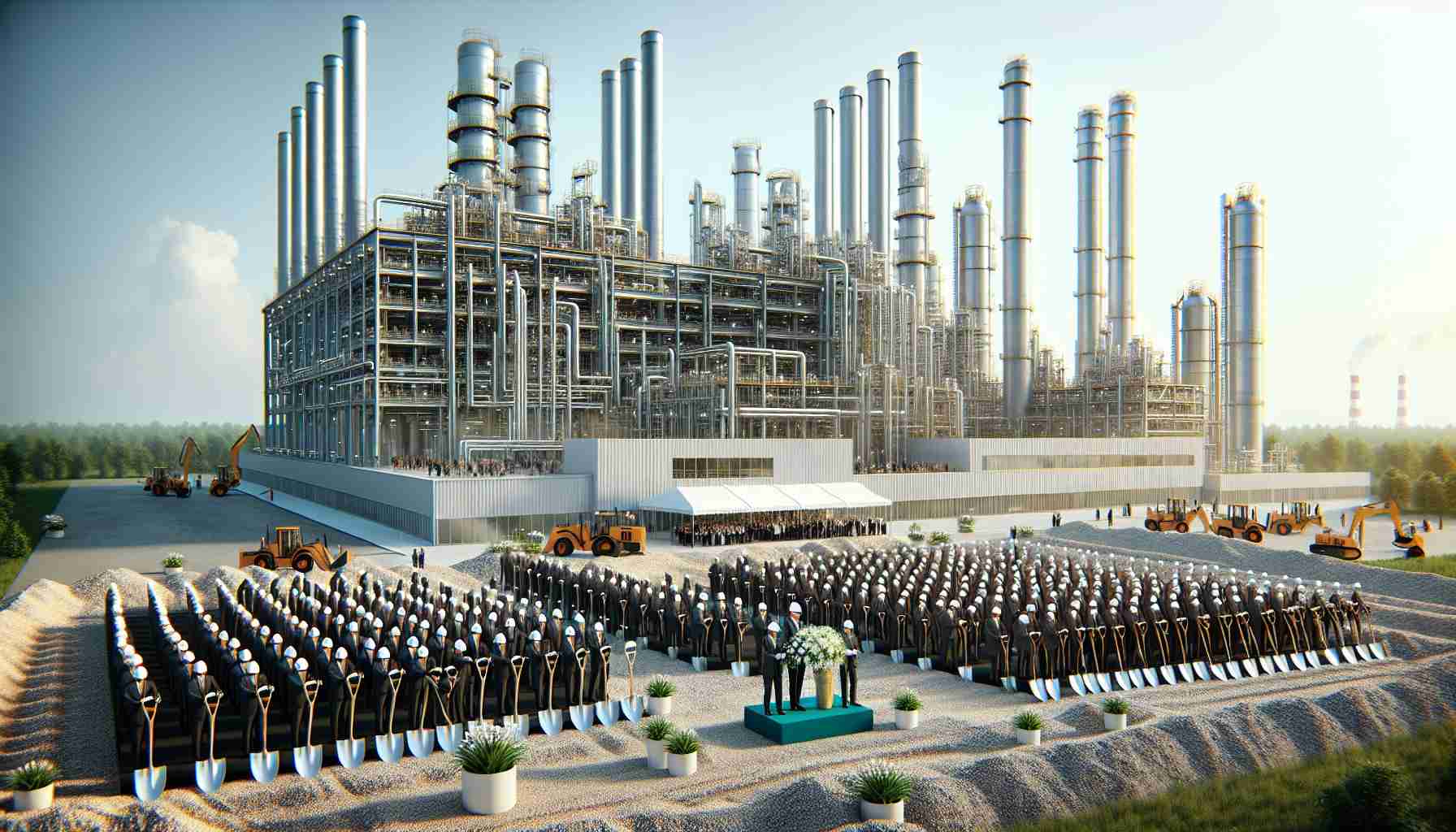Groundbreaking Developments in Green Energy
Hygenco Green Energies, a leading producer in the hydrogen sector, has taken a significant step towards a sustainable future by partnering with Topsoe, a renowned Danish firm known for its cutting-edge technology in the energy sector. This partnership is set to bring advanced technology to a new green ammonia facility in Gopalpur, Odisha.
Ambitious Project Aims for Completion by 2027
Hygenco is gearing up to launch one of the sub-continent’s pioneering large-scale green ammonia plants at Gopalpur Industrial Park. The ambitious project is expected to be operational by 2027, showcasing a monumental stride in the region’s green energy landscape. Earlier this year, the company had already set a precedent by inaugurating India’s first commercial plant dedicated to green hydrogen production.
Robust Financial Backing Secured
In the preceding month, Hygenco successfully secured crucial financial backing for this initiative. An agreement with REC, a governmental body in India, ensured $280 million in debt financing is earmarked for the development of this green ammonia venture.
Strategic Use of Cutting-edge Technology
The adoption of Topsoe’s state-of-the-art green ammonia loop technology by Hygenco marks a pivotal advancement. This technology promises enhanced flexibility and efficiency, crucial for optimizing the plant’s overall operations and performance.
Headquartered in Gurgaon, Hygenco continues to expand its influence in the green energy sector, engaging in strategic partnerships both within India and globally. The company plans to invest $2.5 billion over the next three years to further its green hydrogen projects across India.
The Hidden Impact of Green Hydrogen on Human Progress and Technology
Revolutionizing Energy: Beyond Green Ammonia
While the recent partnership between Hygenco Green Energies and Topsoe has garnered attention for advancements in the green ammonia facility in Gopalpur, Odisha, there are broader implications for humanity and technology stemming from the rise of green hydrogen initiatives. These developments present intriguing opportunities and potential controversies in the global energy landscape.
How Green Hydrogen Could Transform Transportation
One of the most significant transformations driven by green hydrogen is its potential to revolutionize the transportation industry. Hydrogen fuel cells offer a clean, efficient alternative to fossil fuels, with zero emissions. By adopting green hydrogen, the sector could dramatically reduce its carbon footprint. However, challenges remain, such as developing the infrastructure required for storage and distribution, and whether the energy-intensive process of hydrogen production undermines its green promises.
The Role of Technology in Addressing Energy Storage Challenges
Innovations in energy storage, crucial for harnessing renewable energy effectively, are also evolving alongside green hydrogen technology. Could green hydrogen serve as a critical link in overcoming the intermittent nature of solar and wind power by providing a viable storage solution? The answer is promising, yet the need for technological breakthroughs persists to ensure affordable and large-scale adoption.
Socio-Economic Advantages and Potential Pitfalls
The shift towards green hydrogen not only addresses environmental concerns but also harbors significant socio-economic benefits. The creation of new jobs in green technology sectors and a reduction in dependency on imported fossil fuels can bolster economic resilience. Nevertheless, how will these benefits be distributed globally? Countries lagging in technological capabilities might find themselves at a disadvantage, potentially widening existing disparities.
Advantages and Disadvantages: Balancing the Scales
The advantages of green hydrogen are noteworthy:
– Zero emissions contribute to significant reductions in air pollution.
– Enhances energy security by diversifying energy sources.
– Potential for widespread application across various industries.
However, potential disadvantages warrant attention:
– High costs associated with production and infrastructure development.
– Current technological limitations hinder widespread adoption.
– Possible environmental impacts from the necessary mining for resources like platinum used in hydrogen fuel cells.
Controversies and Ethical Considerations
As green hydrogen gains traction, ethical questions arise. Who stands to benefit most from this technological leap? Will private corporations wield excessive power over a critical energy supply, or will government regulations ensure equitable distribution? The discourse around these issues will shape the future governance of green technologies.
Further Exploration and Perspectives
For those interested in exploring more about green hydrogen and renewable energy, consider visiting the websites of key players in the field:
– Hygenco
– Topsoe
– International Energy Agency
Conclusion: The Future of Green Innovation
As developments in green hydrogen continue, they carry the potential to redefine the trajectory of human advancement and technological progress. Balancing the potential benefits and addressing the challenges with foresight and innovation will be crucial in ensuring a sustainable and equitable energy future for all. What implications will this have for our global society? The journey to find out is just beginning.
